We’ve had one of RockShox brand new, 120mm SID Ultimate forks – basically the ‘SID Trail’ on test for a couple of weeks. Here’s what we thought:
The world of 100mm suspension forks seems to be a very narrow one of either top-flight cross country race forks, or of cheap, entry-level forks for hardtails. Move up to 120mm forks, though, and suddenly the scope is much, much wider. In the same way that XC bikes like the 100mm travel Intense Sniper suddenly become ‘trail bikes’ with a 120mm fork, so that extra near-inch of travel suddenly gives the rider a little more choice of line and a little more damage limitation.
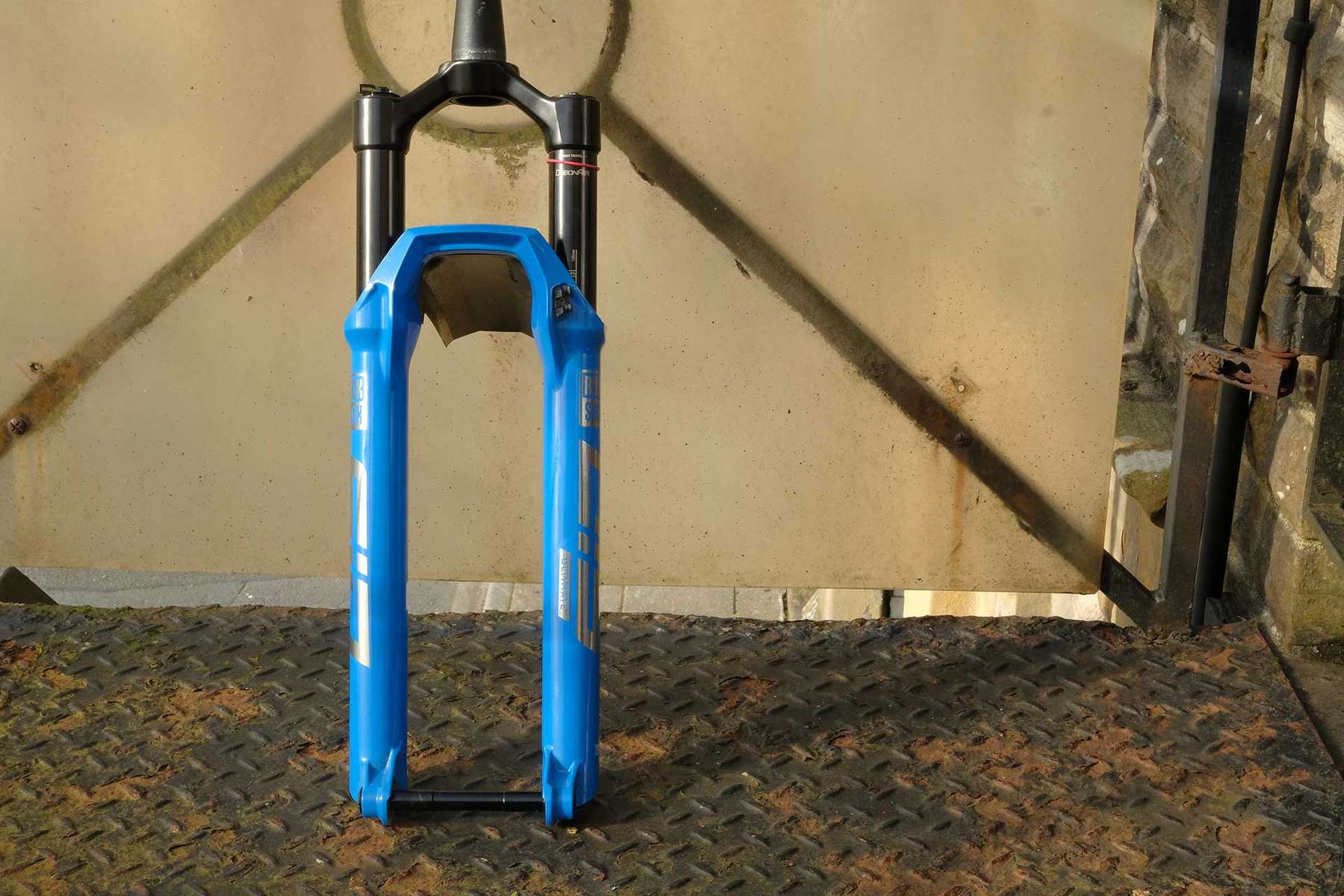
SID Ultimate Set Up
We’ve run the SID Ultimate forks with a mix of sag setups and damper settings, but without going fully deep and swapping out tokens which, as we’ll see in a minute, is what’s needed to fully get the forks dialled. The initial setup however is easy to do and will get you 90% of the way very quickly.
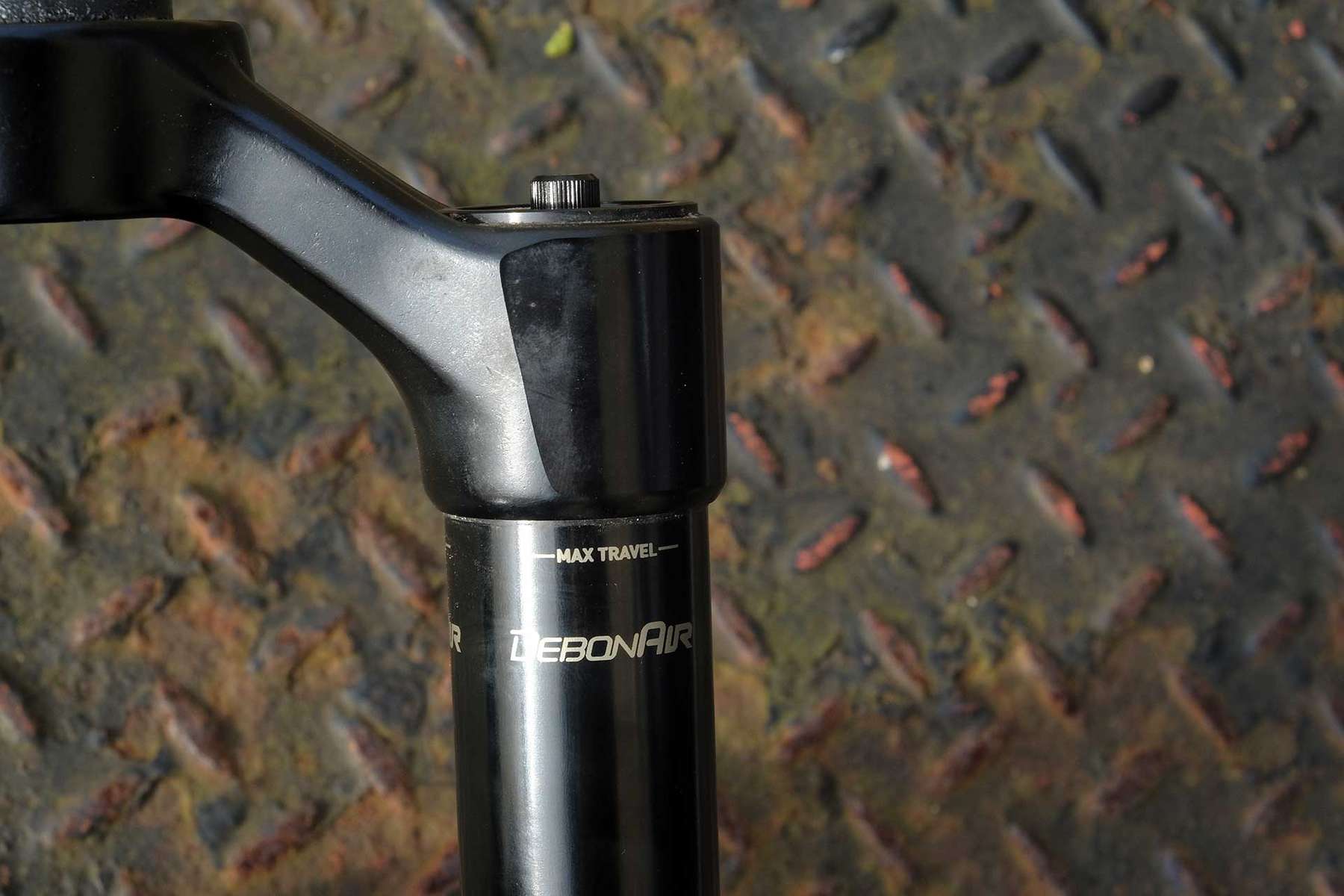
SID Trail Sag: Running them at 30% sag they are very plush. The small bump compliance is very good and this makes a huge difference when riding on the flat on hardpack/bumpy terrain where you bascially float over the bumps. The compression ramps up quite quickly in the middle so even with them being so active initially, they don’t dive when braking or hitting bigger obstacles. RockShox has stated that this is one of the aims of the new DebonAir spring – to keep the fork sitting higher in its travel and it certainly does the job here.
On more rocky and technical terrain and on descents they feel quite ‘cross country’ (as you’d expect for an XC fork with ‘only’ 120mm of travel). probably due to the weight, but even with the wider stanchions they still lack that punch you get from trail forks. They still coped with everything though. While they’re obviously not long travel trail forks, for most terrain under a good rider, they are perfect for keeping the bike on track and the rider on the bike…
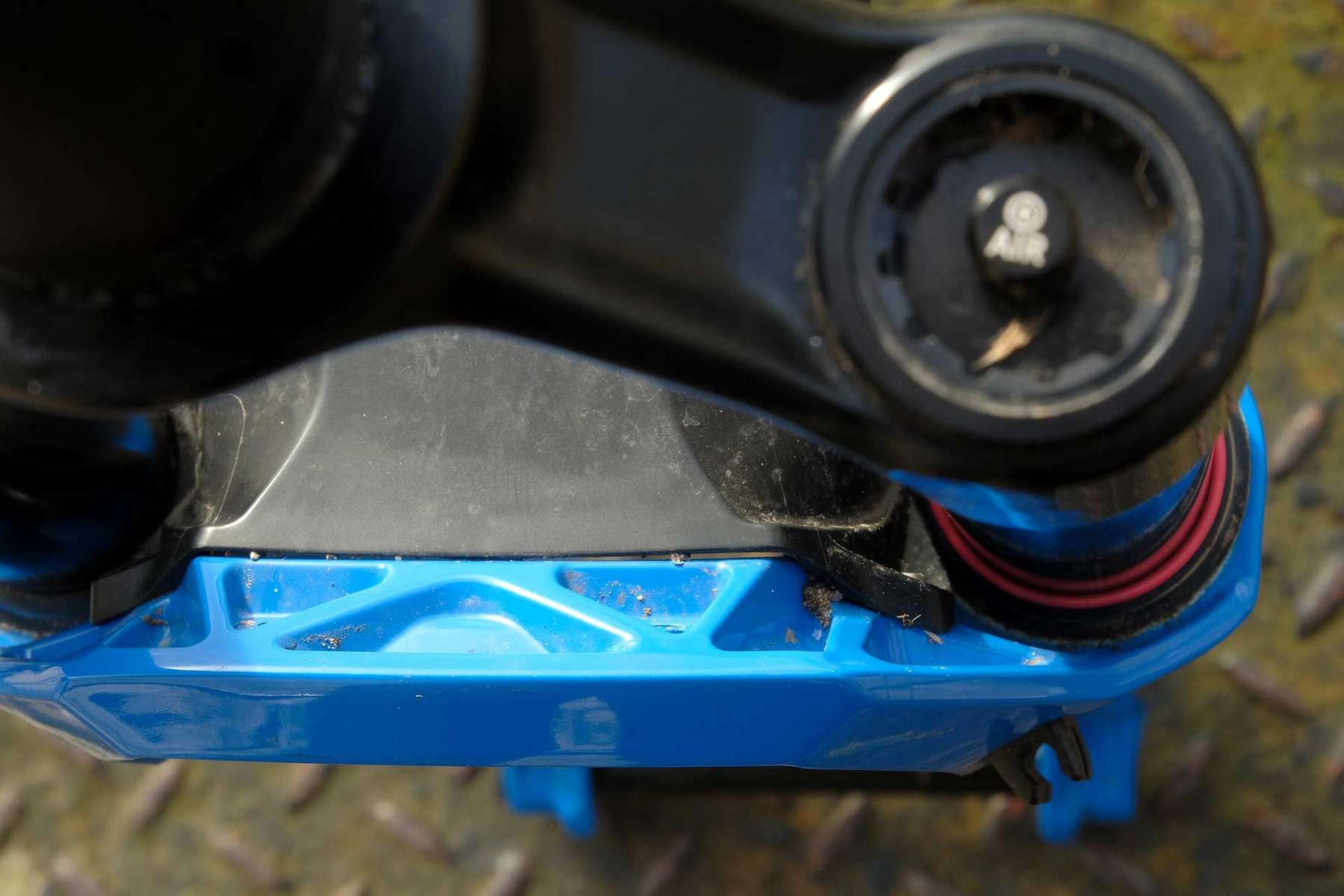
Sweet spot: We tried running the forks at a stiffer, 20% sag to simulate how many racers like to run their forks in competition; so the fork only moves when it’s really pushed. Unsurprisingly the fork loses some of that magic carpet small bump compliance, but it can really be thrown into chunkier descents knowing that you still have 100mm or so of travel available to you.
The fork’s sweet spot is somewhere in between, though that needs some chasing to find. With a little more sag and a token or two, the fork can be run softer to iron out those small bumps while keeping plenty in reserve for the bigger hits. This is where time and careful setup really pays off. This isn’t some 160mm trail fork where you can just put some air in and go. The balance between small bump and large hit is a fine one and it’s well worth taking the time to find. With ‘only’ 120mm available, this sweet spot needs some fine tuning, but once you find it, it’s easy to keep it locked in. This isn’t a fork to just slap on, pump up a bit and go ride.
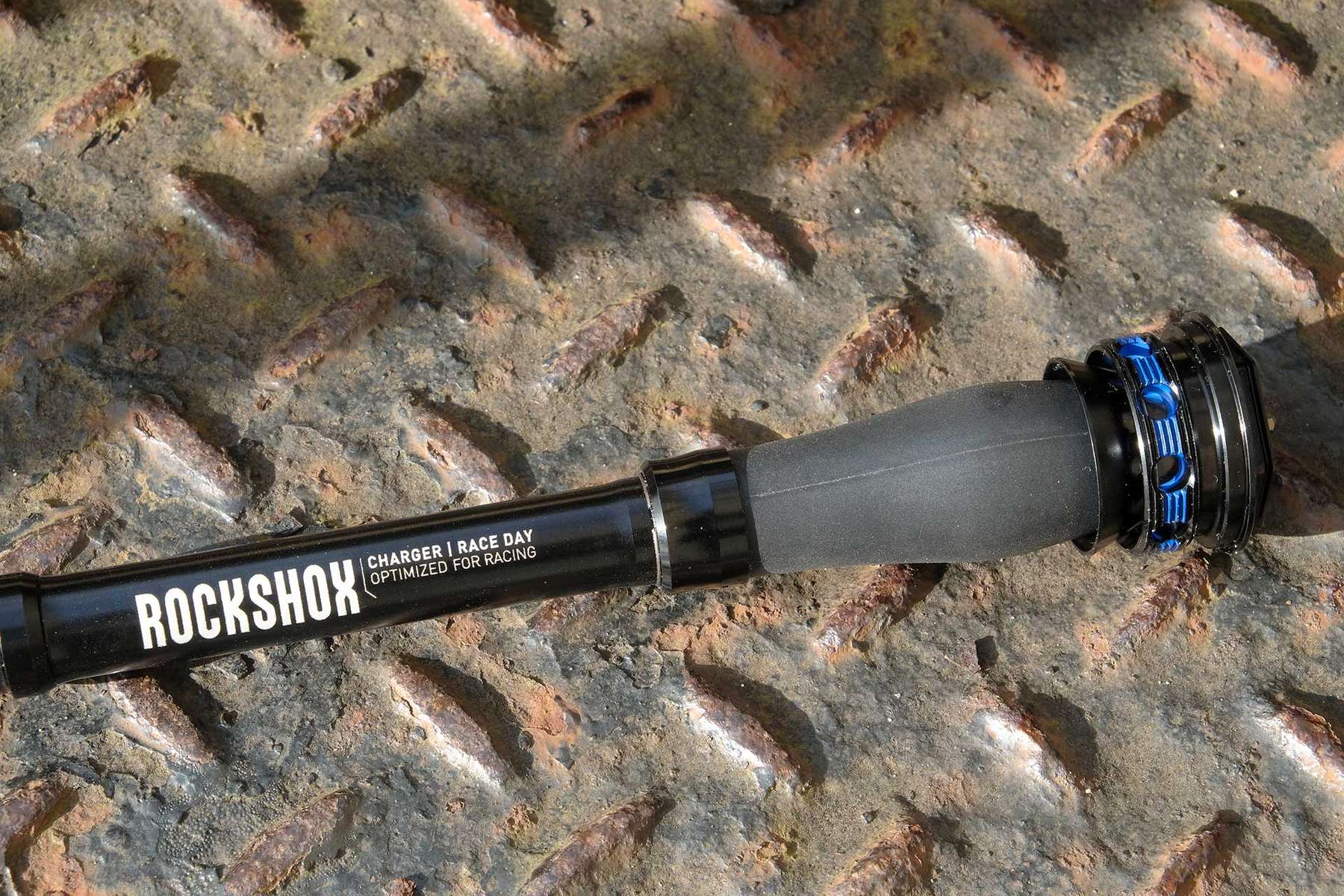
Talking of locking in, the stanchion-top lockout on the Race Day Charger damper is great. Our racers found it very easy to use, even without a remote. The twist to lock out lever is easy to find and use and it only takes a small flick of the thumb to completely disengage it. Compared with the more involved knob turning on other forks (and on the Select version) it’s a quick and simple action. However, this lockout barely got used as riders were busy enjoying the small bump compliance of the SID Ultimate.
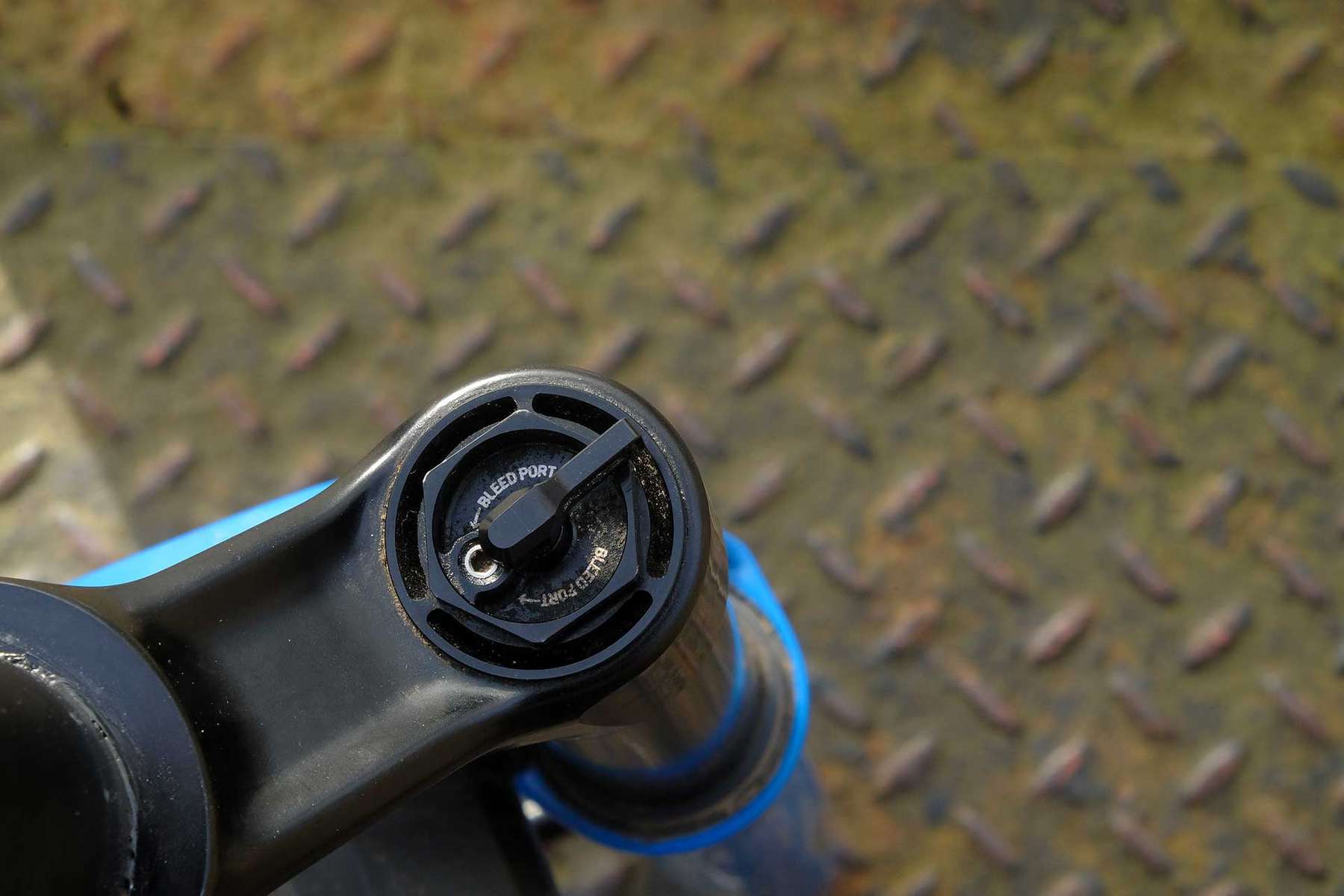
While we’re looking around the chassis, there’s refreshingly little to talk about. This really is a no-nonsense stripped down fork. We did have an issue with the inbuilt hose clip on the fork leg not taking thicker Goodridge hoses (and with no way to bodge a ziptie in there) but that’s probably not going to affect too many people. The bolt-on mudguard is rigid and effective. Getting it on and off is a pain though as it takes a tiny T8 Torx bit and, being so deep into the back of the brace, it’s a big fiddle to get on and off. You’ll probably either leave it on all the time, or leave it in the box.
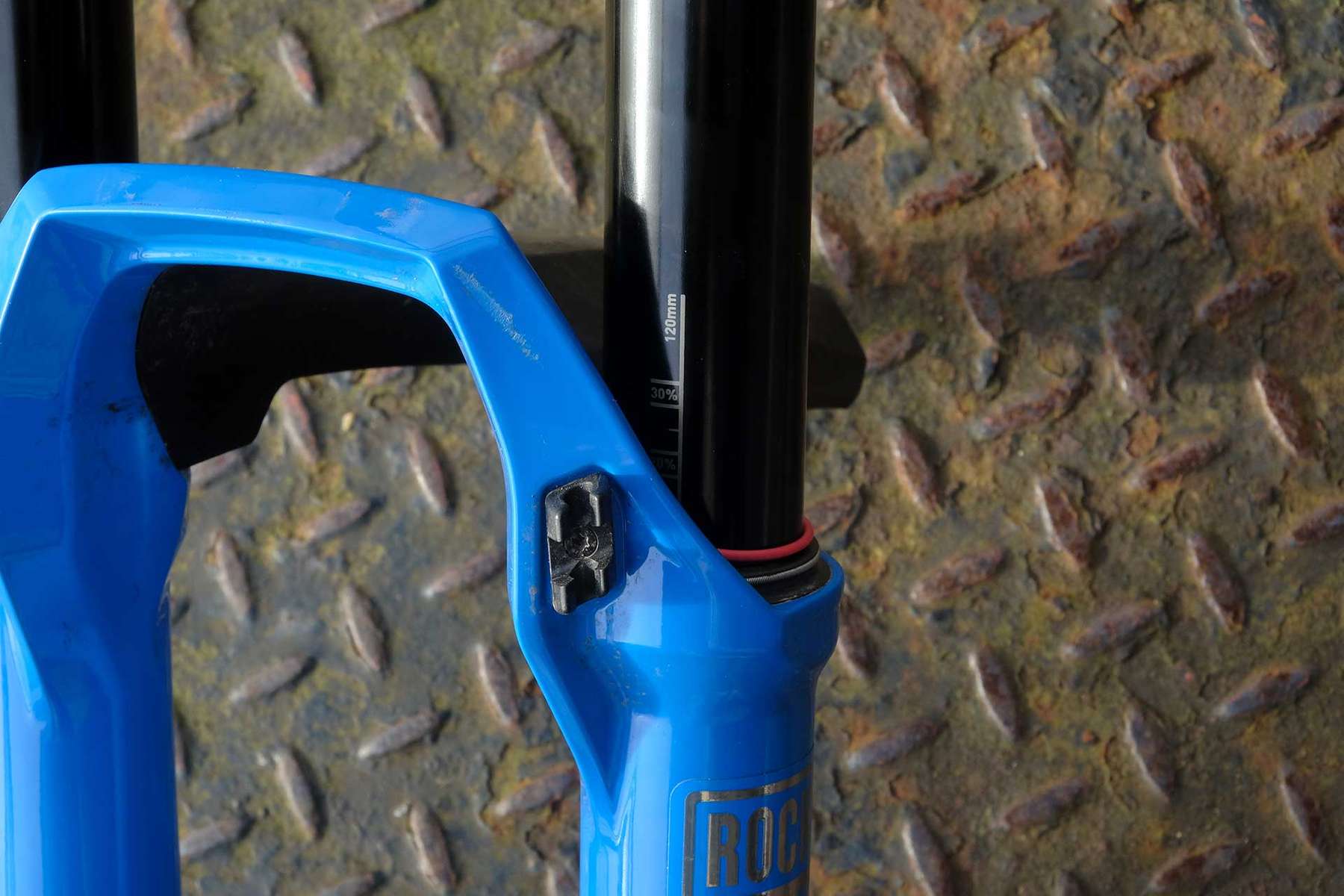
The fork is set up for 180mm rotors, and our 180mm XT brakes bolted right on without a spacer. The thinking probably is, if you’re going for a bigger travel, you’ll need to stop quicker.
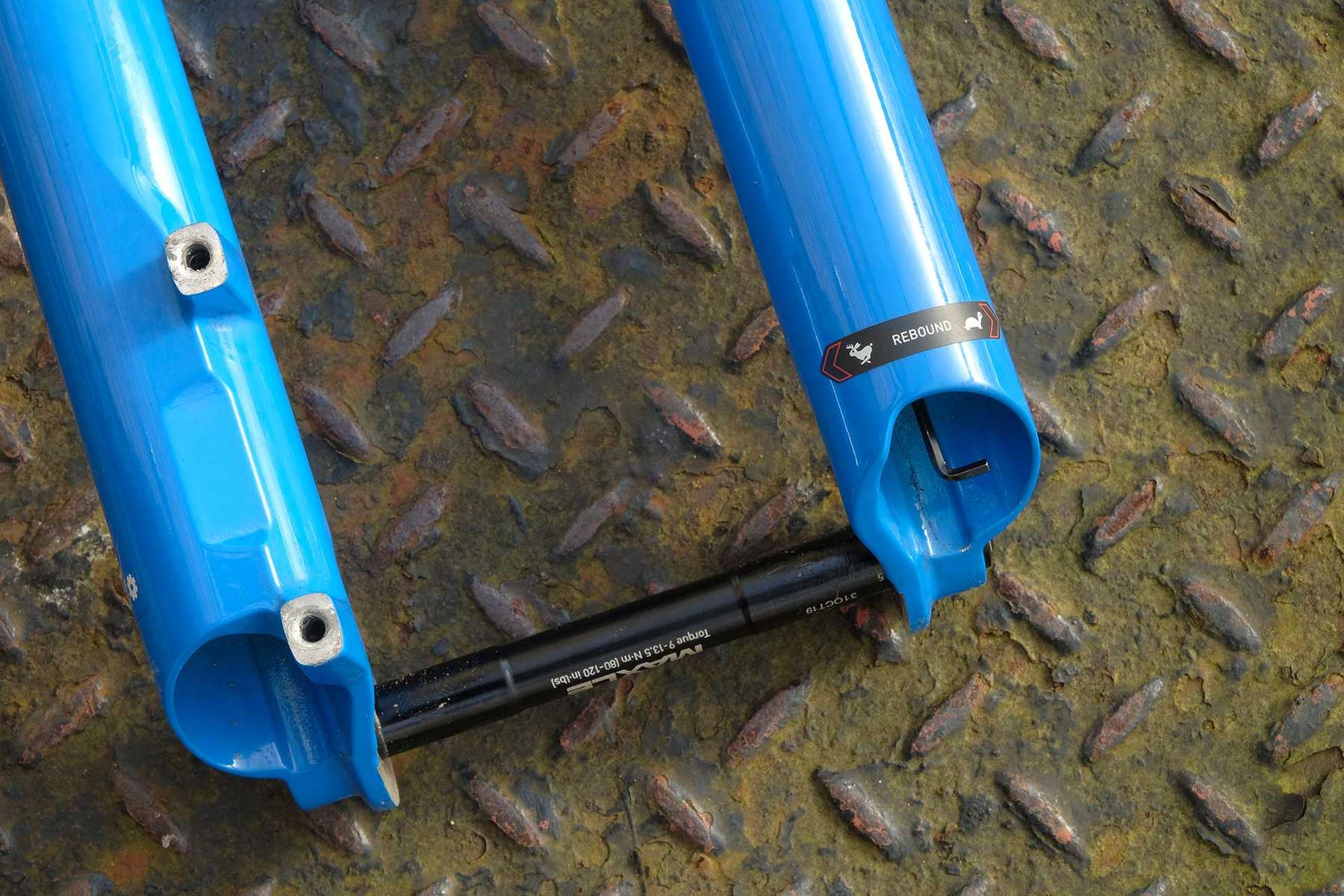
The fork is set up for 180mm rotors, and our 180mm XT brakes bolted right on without a spacer. The thinking probably is, if you’re going for a bigger travel, you’ll need to stop quicker.
Overall
We like the idea of a 35mm stanchion XC fork, especially with 120mm of travel; either for ‘modern’ cross country courses, where rock gardens and gap jumps seem the norm, or for riders who just want a fast flat-out machine for those sunny summer evenings, or those winter laps of the trail centre. Paired with modern short travel trail bikes like the Yeti SB100, the Intense Sniper Trail, the new 2020 SID trail forks have the potential to create a super fast race and flat-out ride weapon.
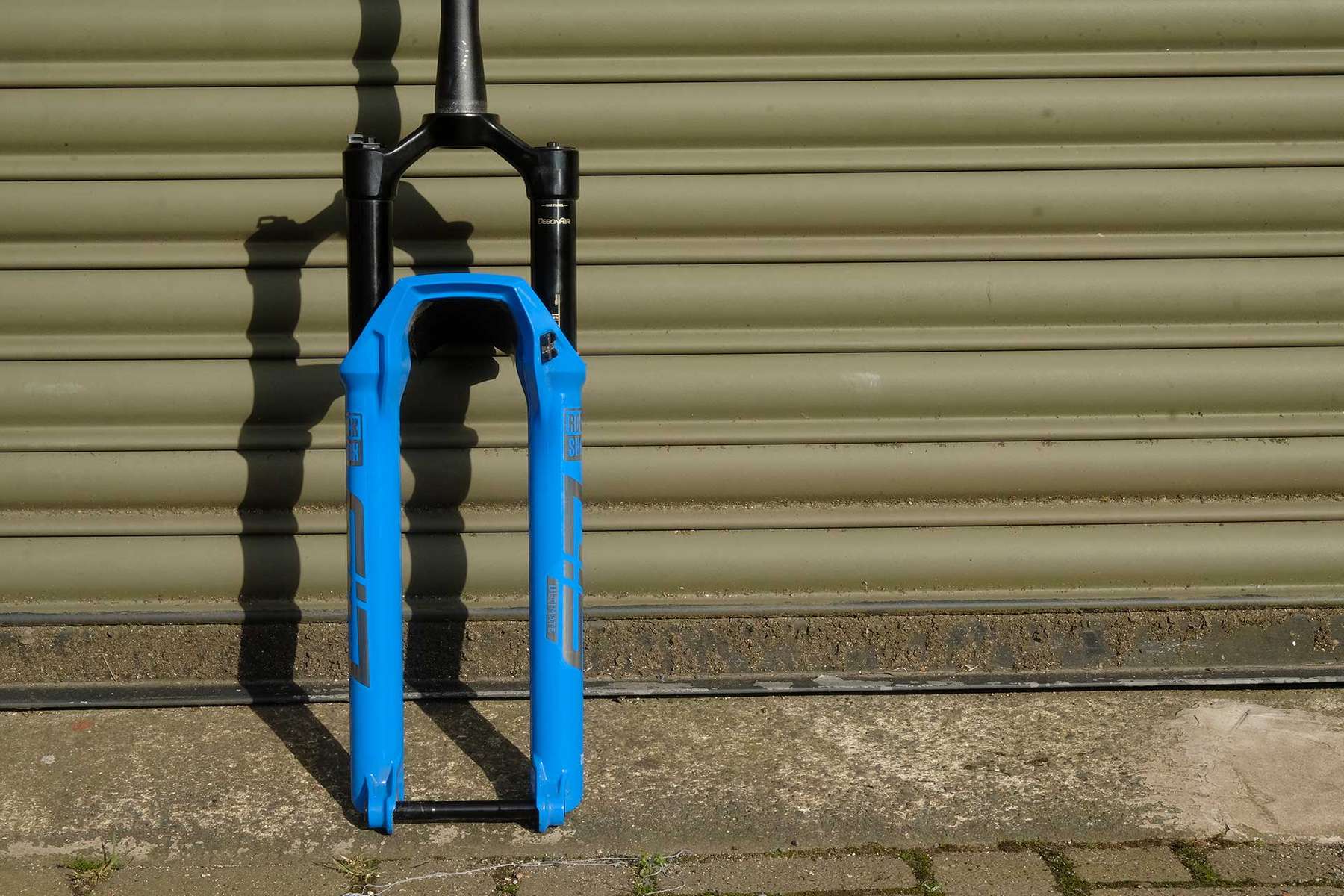
It’s still worth bearing in mind the these forks have ‘only’ 120mm travel and they’re not going to end up replacing the Pikes on your enduro bike, but if you’re after a crazy fast ride and don’t mind a bit of discomfort at higher speeds or through the occasional rock garden, then they’re worth checking out. At £869 for the SID Ultimate and £679 for the SID Select, the SID Trail is disappointingly around £100 more expensive than the thinner, lighter and racier SID SL fork equivalents, which seems unfair. Surely pure race tools should cost more?
Regardless, the new trail-worthy SID is going to be a fork well worth watching. It just needs a different name so that you don’t confuse it with the pure racing SL version.
As always, more details are on rockshox.com





What we really want to know is how they fare against the 34 step cast… direct comparison please 😛
Are these the 1326g fork?
If so, that’s a very impressive performance/weight ratio!
@AlexSimon – review mentions 35mm stanchions, so assume these are the “heavy” SIDs (1468g in “Ultimate” spec according to yesterday’s news item) rather than the floaty light SID SLs
Yes, these are the SID forks, rather than the SID SL forks (very, very confusing naming, RockShox!) and so are the ‘heavy’ ones at 1468g.
Andy, let me see if we have some 34SC forks in the building to compare them to.
You’re a superstar Chipps! Cheers
Ah – thanks!
Still impressive at 200g lighter than the competition